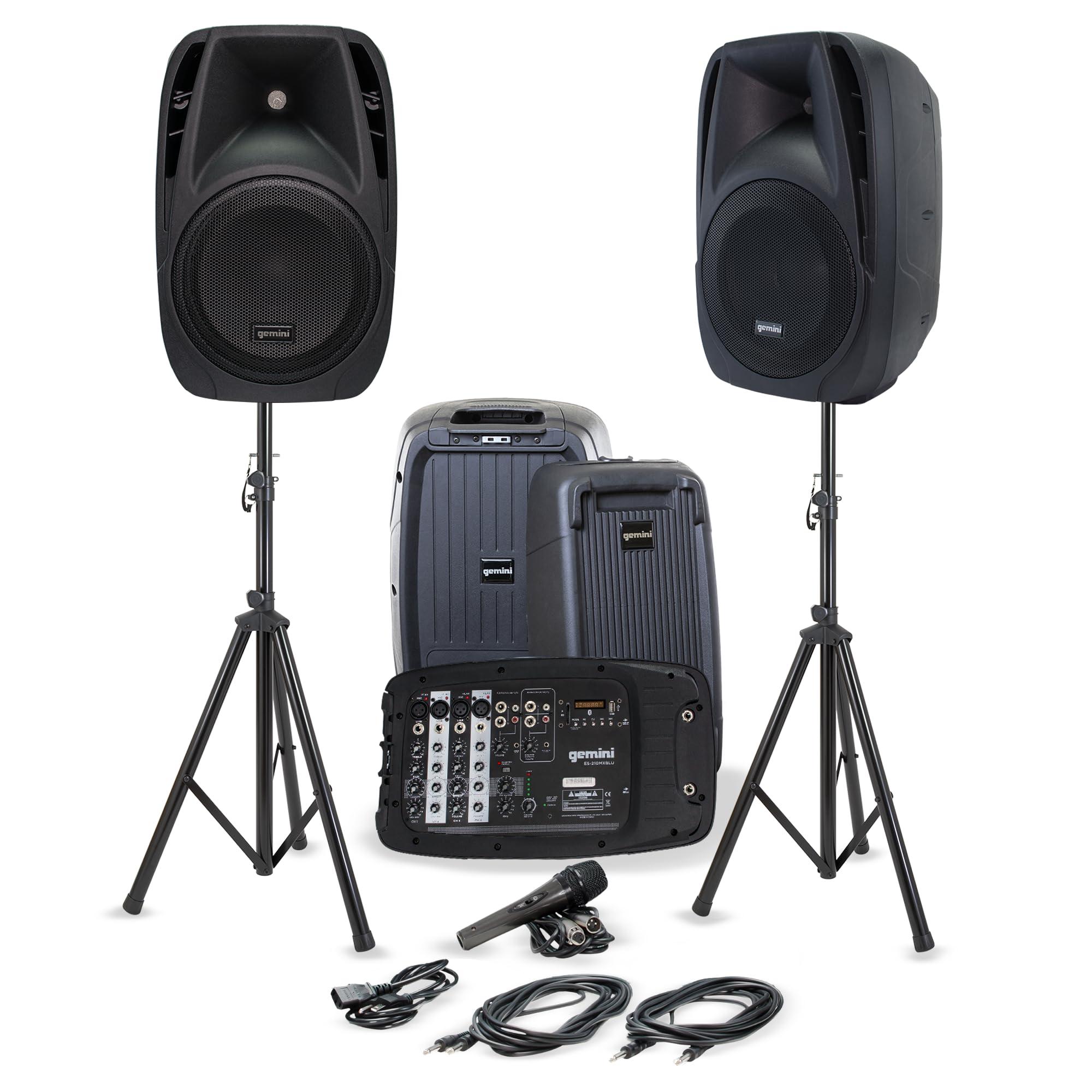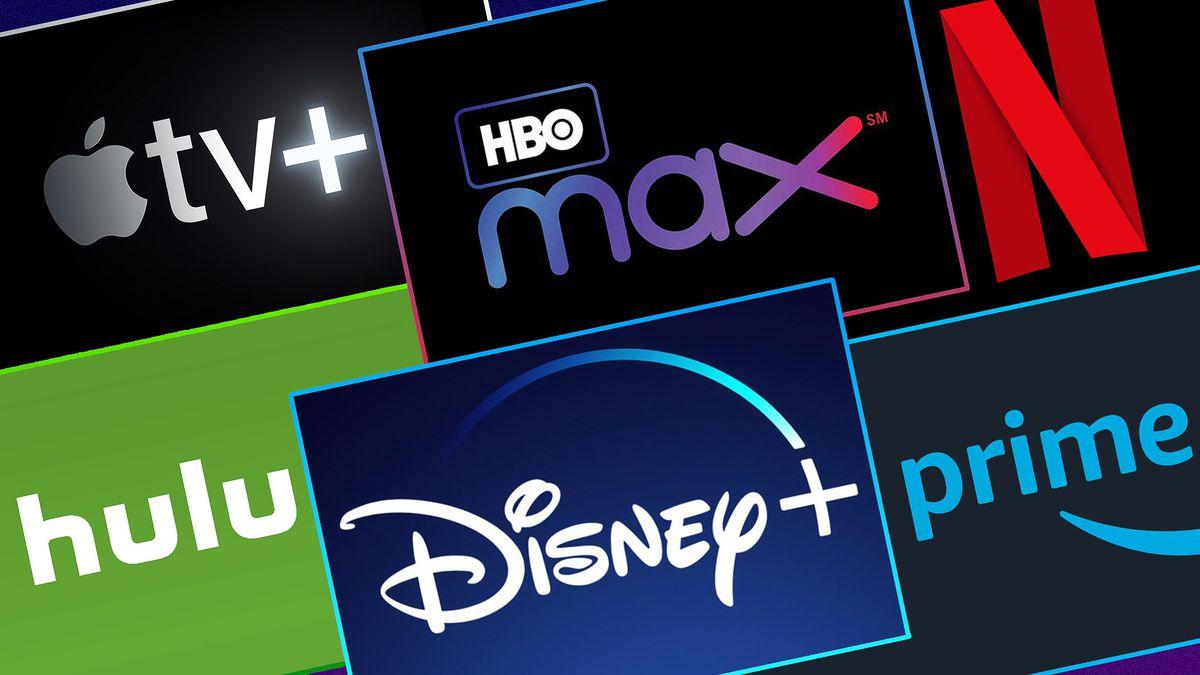In the age of digital entertainment, the quality of audio streaming on televisions has become as crucial as the visuals themselves. With an ever-expanding array of streaming platforms and audio technologies, understanding how to optimize sound quality can significantly enhance the viewing experience. This article delves into the intricacies of streaming audio quality on your TV, examining the key factors that influence sound performance and offering practical insights to elevate your auditory experience. From codec compatibility to hardware enhancements, this comprehensive guide aims to equip you with the knowledge needed to achieve the ultimate audio setup in your home theater.
Understanding Audio Formats and Their Impact on Quality
When it comes to streaming audio quality on your TV, understanding different audio formats is crucial. Each format has its own method of compressing and encoding sound, which can significantly affect the quality of the audio you experience. Lossless formats like FLAC and ALAC retain all audio data, ensuring the highest fidelity, while lossy formats such as MP3 and AAC compress data to reduce file size, often at the expense of sound quality. It’s essential to recognize that not all TVs or streaming services support every format, which can influence your listening experience.
- MP3: Widely compatible but offers lower quality due to compression.
- AAC: Common in streaming, providing better quality than MP3 at similar bitrates.
- FLAC: Ideal for audiophiles, maintaining original sound quality without loss.
- Dolby Digital: Offers surround sound, enhancing the cinematic experience on supported systems.
Choosing the right audio format for your TV setup involves balancing quality with compatibility. Consider what your TV and sound system support, and select a streaming service that offers formats aligning with your quality preferences.
Optimizing TV Settings for Superior Audio Performance
Unlocking the full potential of your TV’s audio begins with fine-tuning its settings to match your specific environment and preferences. Start by accessing the audio menu, where you can often find options like Equalizer, Balance, and Surround Sound. Adjust the equalizer settings to emphasize frequencies that enhance clarity and depth, especially for dialogue and background music. If your TV supports it, enable surround sound for a more immersive experience, but be cautious as it can sometimes distort audio if not properly configured.
Consider the following tips to further refine your audio settings:
- Turn Off Audio Enhancements: Features like Auto Volume or Night Mode can sometimes limit dynamic range, reducing overall sound quality.
- External Speakers: If possible, connect your TV to a soundbar or home theater system for a richer audio experience.
- Positioning: Ensure speakers are not obstructed and are ideally placed at ear level for optimal sound delivery.
By meticulously adjusting these settings, you can elevate your streaming experience, ensuring every whisper and crescendo is delivered with pristine clarity.

Choosing the Right Sound System for Enhanced Streaming
When it comes to elevating your streaming experience, selecting the ideal sound system is crucial. The right setup can transform your living room into a personal theater. Start by assessing your space: Do you have room for a full surround sound system, or is a soundbar more practical? A soundbar is often sufficient for smaller spaces, offering a sleek, space-saving design with impressive audio quality. For larger areas, consider a 5.1 or 7.1 surround sound system to immerse yourself in rich, multidirectional audio.
- Sound Quality: Look for systems that support Dolby Atmos or DTS:X for the most immersive experience.
- Connectivity: Ensure compatibility with your TV and streaming devices, checking for HDMI ARC, optical, or Bluetooth options.
- Budget: High-end systems offer premium sound but come at a higher cost. Set a budget that balances quality and affordability.
Consider your streaming habits: If you primarily watch dialogue-heavy content, focus on systems with clear vocal projection. For action-packed movies, prioritize powerful bass and dynamic range. Ultimately, the right sound system should complement your streaming preferences and enhance every viewing experience.

Evaluating Streaming Services for High-Quality Audio Options
When it comes to selecting a streaming service for high-quality audio on your TV, several factors come into play. First, consider the audio codec used by the service. Codecs like AAC and FLAC provide superior sound quality compared to older formats. It’s crucial to verify if the service offers support for lossless audio, which can make a significant difference for audiophiles seeking an immersive experience.
Ultimately, the choice of a streaming service should align with your specific audio needs and the capabilities of your home entertainment system. By focusing on these key aspects, you can ensure that you enjoy the best possible audio quality from your TV setup.



